| Phone Voicemail text 707-875-2911 | Now at the Gallery | E-Mail US | Google Maps to our gallery |
|||||
| Linda Sorensen Paintings .com |
Joshua Meador Collection |
|||||||
|
|||||||||||||||||||||||||||
| Frederick Stymetz Lamb 1863 - 1928 |
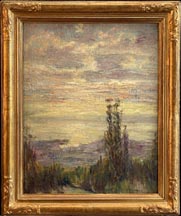 The Bay from the Berkeley Hills |
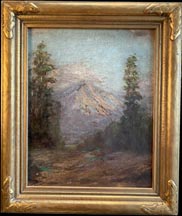 Mt. Tam / San Quentin |
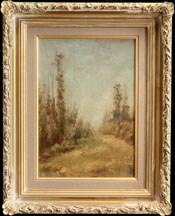 Hillside Path |
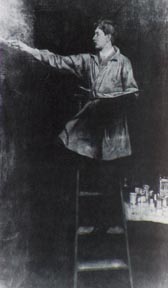 Frederick Stymetz Lamb on ladder painting a mural. Painting by Chester Loomis |
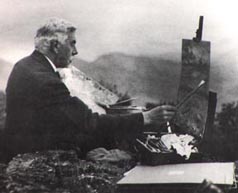 Frederick Stymetz Lamb at easel painting plein air |
||||
|
||||
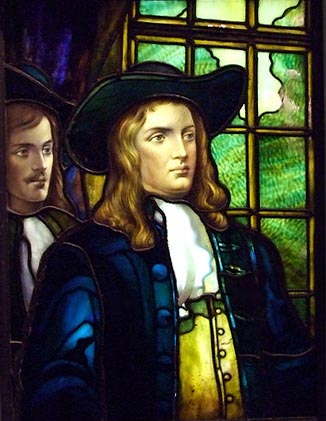 ` `"William Penn, Peace Movement, Pennsylvania" 1905 The Brooklyn Musuem of Art |
|
From the April 2010 Newsletter, (click photo) 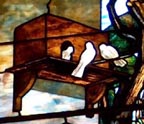 Stanford's Memorial Church, The Stained Glass Windows of the Nave created by Frederick Stymetz Lamb |
||
|
||||
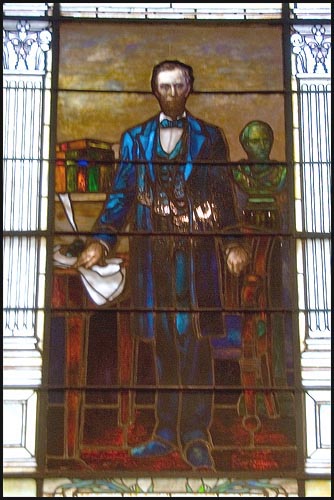 |
|
|||
| Bodega Bay Heritage Gallery | ON-LINE BodegaBayHeritageGallery.com | , PO Box 325 Bodega Bay, CA 94923 | Voicemail and Text 707-875-2911 | Email ... Art@BodegaBayHeritageGallery.com |